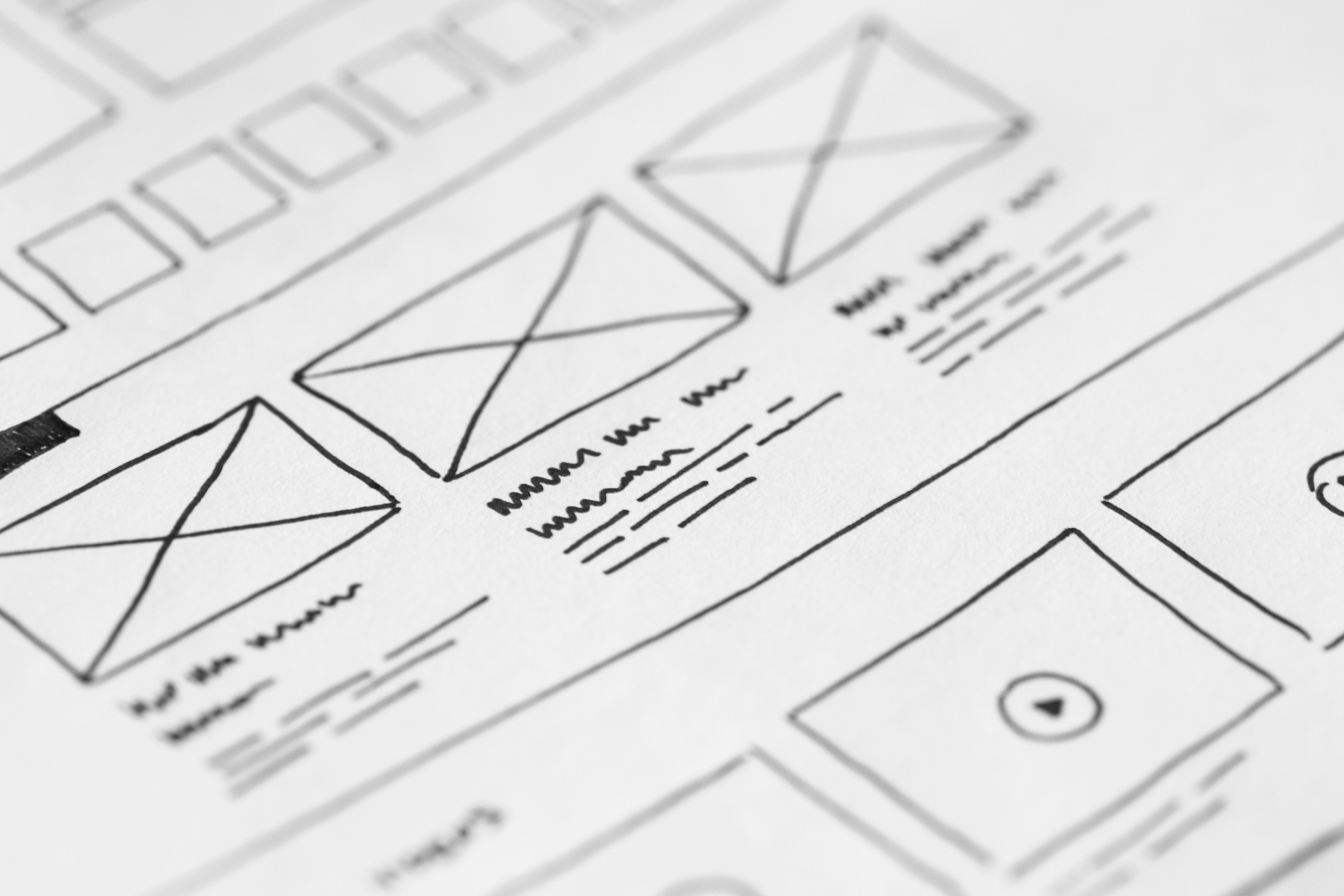
Designers can use a variety of tools and techniques to plan and create a user experience for an app that allows users to sell their life insurance policy. Here’s an example of how we’d plan out the user experience of a Life Insurance Policy application.
- Moodboards: Moodboards are visual collections of images, colors, textures, and typography that help designers establish a consistent tone and style for the app. For an app that allows users to sell their life insurance policy, designers might create a moodboard that includes calming colors and imagery to help users feel secure and at ease when using the app.
- Storyboards: Storyboards are a series of sketches or illustrations that show how the user will interact with the app. Designers might use storyboards to map out the user journey, from logging in to the app to completing a sale. This can help designers identify potential pain points or areas where the user experience could be improved.
- Flow charts: Flow charts are diagrams that show the flow of information or actions within the app. For an app that allows users to sell their life insurance policy, designers might create a flow chart that shows how users will input their information, receive offers from potential buyers, and complete the sale.
- Prototypes: Prototypes are working models of the app that allow designers to test the user experience and identify areas for improvement. Designers might create several prototypes with different designs or features to see which one resonates best with users.
- User research: User research involves gathering feedback from users to understand their needs, preferences, and pain points. Designers might conduct user research through surveys, interviews, or usability testing to identify what users want from an app that allows them to sell their life insurance policy. This feedback can then be used to refine the app design and improve the user experience.



